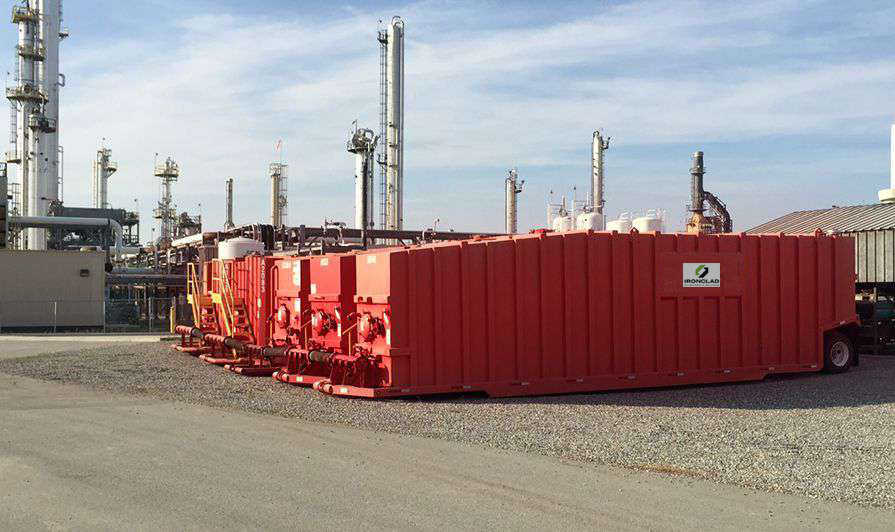Oil And Natural Gas Fracking: Industry Outlook In The United States
Fracking is a term used to describe hydraulic fracturing, a process developed to extract oil and gas from shale rock. Shale is a soft clay and mud-based sedimentary rock known for holding pockets of natural gasses and oil. The process of oil and natural gas fracking involves injecting liquids at high pressure into subterranean rock. The liquid bores a hole and forces open existing fissures to extract oil or gas.
Oil fracking in the U.S. has become one of the nation’s primary collection methods for oil and gas. According to U.S. Energy Information Administration, by the end of 2015, hydraulic fracking accounted for 51 percent of the US crude oil production. This number rose to 69 percent in 2016.
Why does oil and natural gas fracking continue to increase?
United States oil fracking has increased due to innovations in the fracking process and new shale oil discoveries. Fracking innovations combined with horizontal drilling techniques makes it possible to recover more material from a single well than conventional oil drilling.
What is the future of oil and natural gas fracking in the U.S.?
Oil is still the primary source of fuel across the globe. Even with transitions into other renewable sources of energy, producing oil and natural gas will remain a top economic priority in the U.S for the foreseeable future.
United States oil fracking efforts will continue with average crude production figures expected to rise to 10.6 million barrels per day by 2018 and further to 11.2 million barrels a day in 2019. This production figure is expected to hover between the 11-12 million barrels a day mark all the way till 2040. CNBC predicts this will result in the US fracking industry dominating the global market for at least the next five years, and the US is expected to export approximately five million barrels a day to international markets by 2023.
This sustained development will result in a need for more tools and solutions to help with fracking in America, including sand transportation, water storage, and oil and gas extraction and storage implements.
The EIA estimates the amount of recoverable natural gas reserves in the U.S. at about 2,462 trillion cubic feet (Tcf). Natural gas consumption in the United States during 2016 came to about 27.5 Tcf. At this rate, the United States has enough natural gas to last about 90 years. However, this will depend on the rate at which the country uses natural gas remains the same, natural gas imports and exports, and additions to natural gas reserves.

Equipment, tanks and solutions commonly used in fracking

There are various oil and gas solutions applied across the board for fracking and oil and gas extraction purposes. The most commonly used equipment for fracking includes a variety of meters, gauges, high-pressure pumps that inject the solution into shale rock, equipment to help monitor the process at ground level, and flexible hoses that capture the oil and gas when it is released.
Specific tanks are used throughout the fracking process, each with their own distinct purpose:
- For Fluid Management:
- For On-site Crude Oil Storage:
- For Water Containment & Transportation:
For more information about specialized fracking tanks, learn more at Ironclad Environmental Solutions. We provide high quality storage and transport solutions for a wide range of applications, along with guidance from an experienced team of industry veterans. Contact us for any queries or request a quote today.